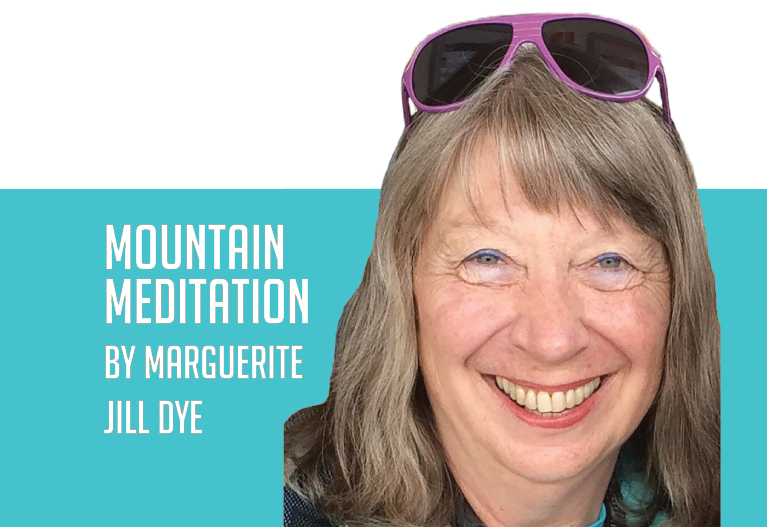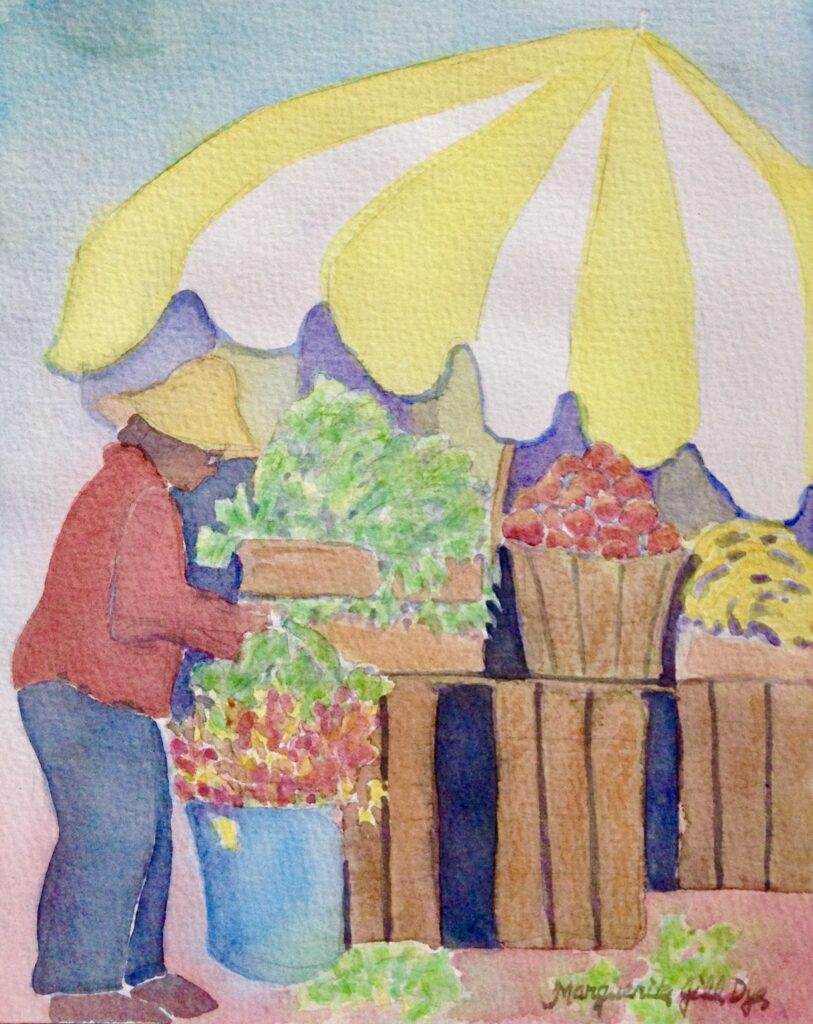
We looked forward to venturing out in Marseille since the Spine Whisperer healed my back. But walking down a long corridor behind a woman who was coughing her head off exposed us to a lousy virus that kept us house-bound for the last week. It was another unexpected pause during our seven week holiday in Provence.
There’s so much to do here, so it’s been extremely frustrating. But the pause offered us a chance to consider our future in Vermont and Florida. Will annual travels always be possible? Everything seems to depend on our health. Can we withstand the barrage of hurricanes hitting our area on the Gulf Coast? Fortunately our historic Spanish Mediterranean house is built like a fortress with thick stucco walls. Can we endure Vermont’s bitter cold in our ski lodge of wood and glass? Will we be up for a two month get away in Spain, Portugal (the least costly), or France on the Riviera near Italy? We’re in our mid seventies which seems young (to me) to have to consider health limitations. But this trip has been sobering and given me a big dose of reality.
We urged our virus to hurry up so we could finally catch up with antique markets, vide grenier sales, churches, museums, Les Calanques, and Marseille’s colorful old port.
Over the weekend we began to rally and went to the market in Plan de Cuques. My mission was to buy warm woolen socks, house sock-slippers, and a cozy nightgown. The salesman was so patient and kind as I carefully selected the color (blue) and floral pattern (important decisions for an artist). A gracious young Arab offered me a taste of the grapes in his fruit stand. I bought a half kilo of dark purple muscadet and told the man his spirit is bright. Other fruit and veggie vendors were also most helpful and kind. I’ve noticed a sweetness and gaiety in the open air markets where people reunite, select their favorite produce, and catch up with farmers and old friends.
We’ve done most of our shopping at Carrfour and also went to Aldi’s, but I believe from now on I’d prefer the open air markets. They’re an integral part of French culture and the produce is fresh and delicious.
After lunch and a nap, we drove into the hills to a park in the wilderness. I hobbled along with my walking sticks (my legs are still weak and wobbly from immobility during my three weeks of overwhelming back pain). A 15 minute walk on a broad pebbly path led to a verdant pasture. We could spot the roof of the house where “My Father’s Glory,” an autobiographical childhood memoir by Marcel Pagnol, was filmed. We paused in the wide open space beside a covered water source and well to watch young families whose children were exploring nature’s infinite magic. It was heart-warming to see them frolic, and the tenderness and love with which they are treated.
Sunday, we decided to venture into Marseille to visit the recently-opened Cosquer Cave near the old port. Duane found parking (the toughest part) then we entered the replica of the prehistoric underwater cave. It was discovered by professional diver Henri Cosquer in 1985 at a depth of 37 meters and with a length of 150 m. During one of his early explorations, he found a hand print, then many more (70 in all). 200 animal figures and 500 drawings were identified, drawn and etched on rock ceilings and walls. The Cosquer Cave belonged to the Gravettian
(34,000-22,000 years ago) and Epigravettian
(22,000-10,000 years ago) cultures. Back then, the original cave was on dry land, several kilometers inland from the coast between Marseille and Cassis in the area known as the Calanques. Due to sea rising and its fragility, only expert scientists (who are also divers) are permitted to enter for further research.
This cave is a compelling demonstration of sea level rise and global warming. The water in the cave has risen 40 meters since the cave was honored by humans, but since the coldest part of the last Ice Age, it has risen 137 meters. 80% of the cave’s marvelous images have been erased by the rising water.
The replica is a work of art that painters, sculptors, and paleontologists recreated with every detail. The voyage through its interior is unforgettable due to the cave’s natural formations (including “chandeliers” and other eccentric formations), and the plethora of man-made markings. Prehistoric animal models are displayed in a light-filled gallery including the horse (most frequently painted in France’s caves), steppe bison, megalocerous, auroch, deer, ibex goat, saga antelope, chamois, cave lion, seal, and even penguins due to the Ice Age! The Cosquer experience is adjacent to Marseille’s famous MUCEM—the Museum of European and Mediterranean Civilizations.
We were famished and hoped to find a seafood restaurant nearby. But we were too tired to walk very far so fetched our car and drove up the coast. All of the restaurants we came across were about to close. We drove all the way to Le Pont Rouge with no luck except for a boulangerie where Duane bought a piece of goat cheese pizza. Since I avoid gluten, I was out of luck since high yeast breads (that help neutralize gluten) had sold out early in the morning.
When I spotted a to-go kebab place, I ordered the chicken plate with salad and fries. I asked the man where he came from. “Egypt, 22 years ago.”
“Chokron,” I said. His face lit up when I thanked him in his native tongue.
Marseille is surprising us in many ways—with its stunning architecture, great diversity of people and neighborhoods, and how friendly we’ve found it to be.
As France’s second largest city, it is immense, positioned on the coast and sheltered by the surrounding mountains.
When I was a student in Monaco and Paris, we feared Marseille for its high crime rate. But many changes have been made. Now it feels much more hospitable. Culture is big with a cutting edge. Marseille is truly avant-garde. We look forward to discovering more as we continue to explore.
Marguerite Jill Dye is an artist and writer who divides her time between Killington and Bradenton, Florida where she exhibits her art in The Spa at the Woods and The Island Crêperie which was in the path of Hurricane Helene. She loves to hear from her readers at [email protected]. Her column is online with updates from France until the end of October.





